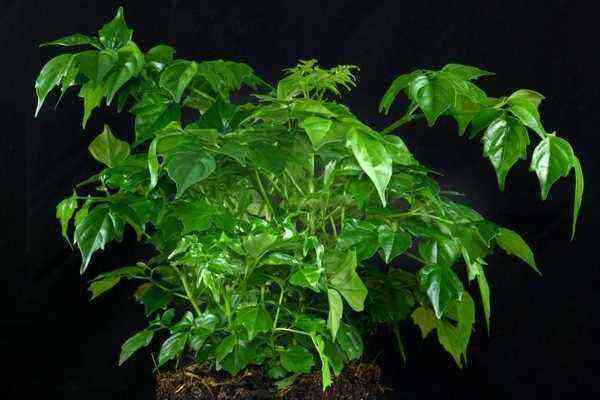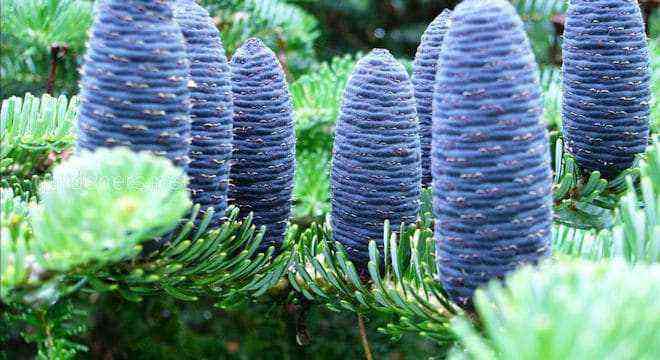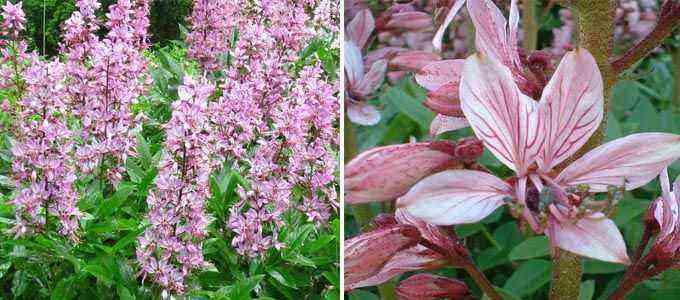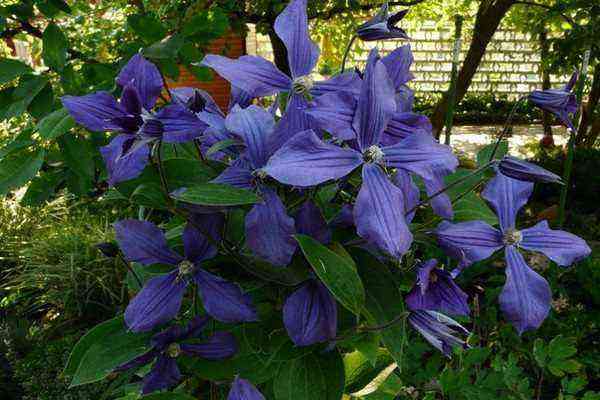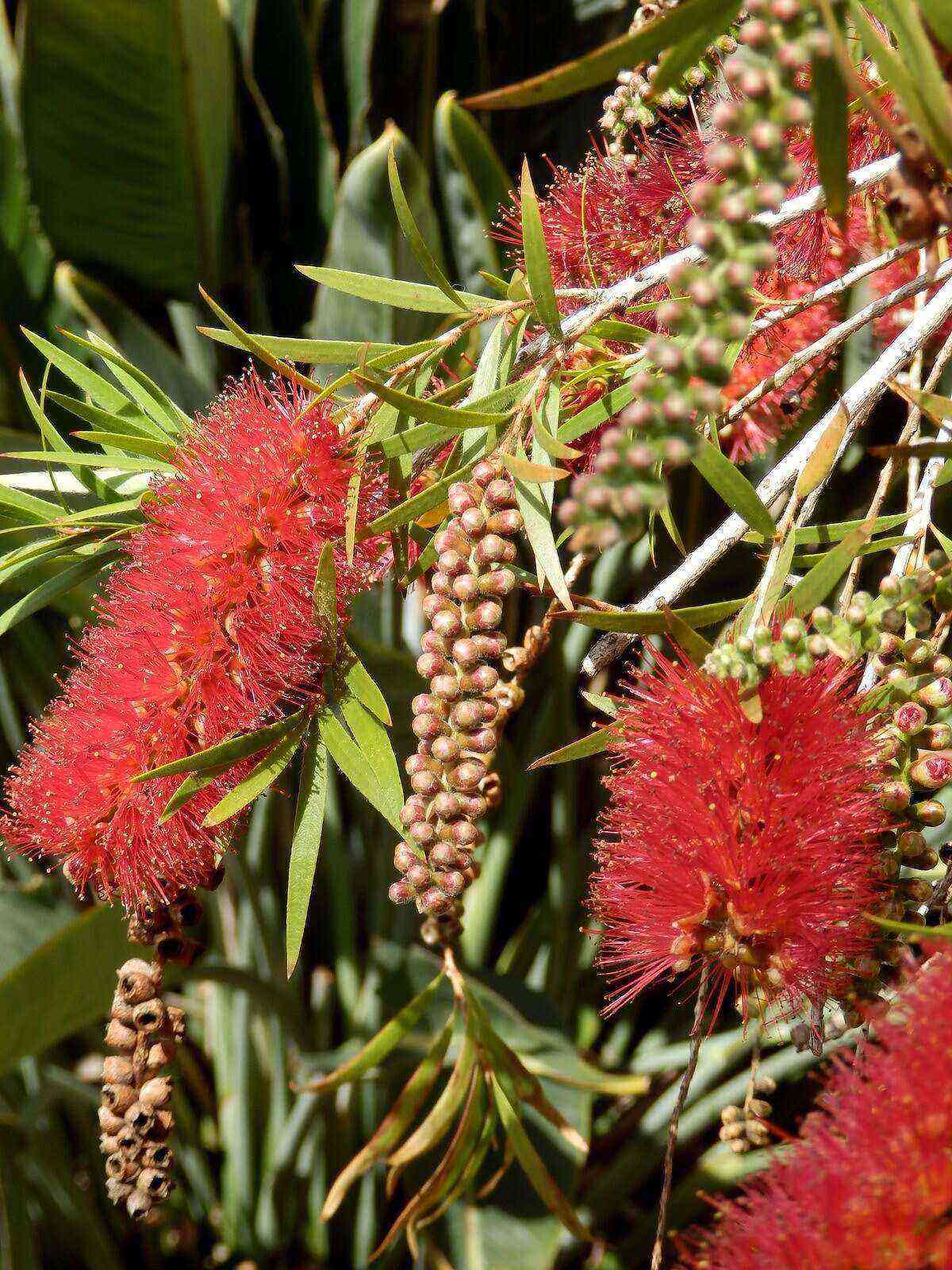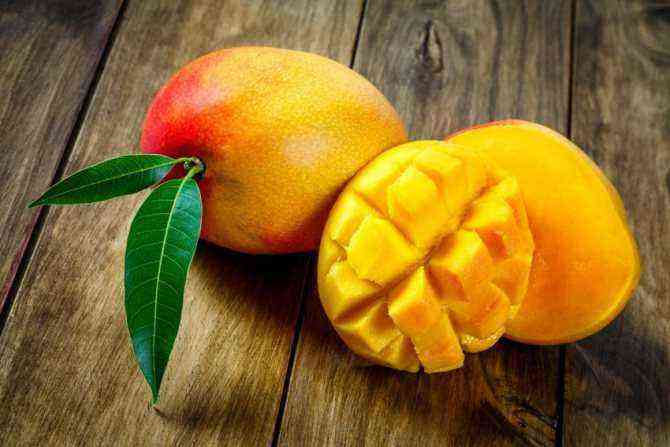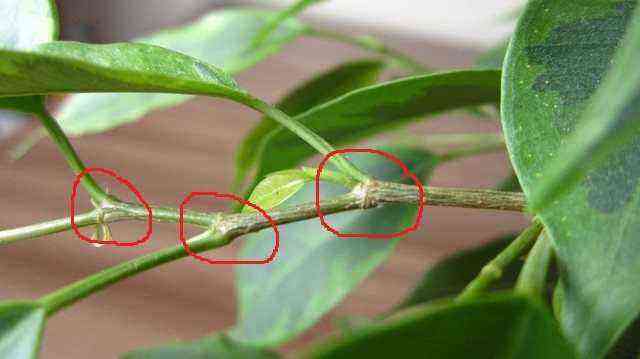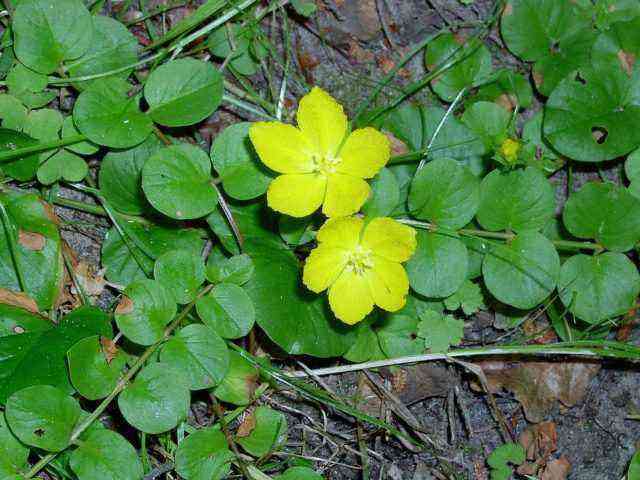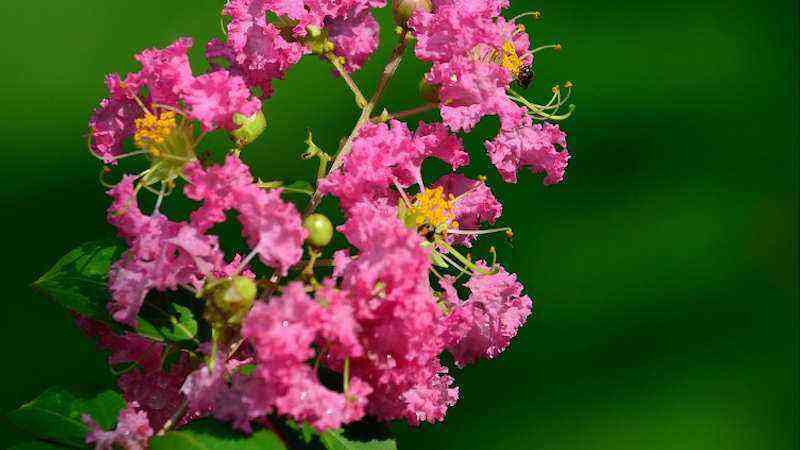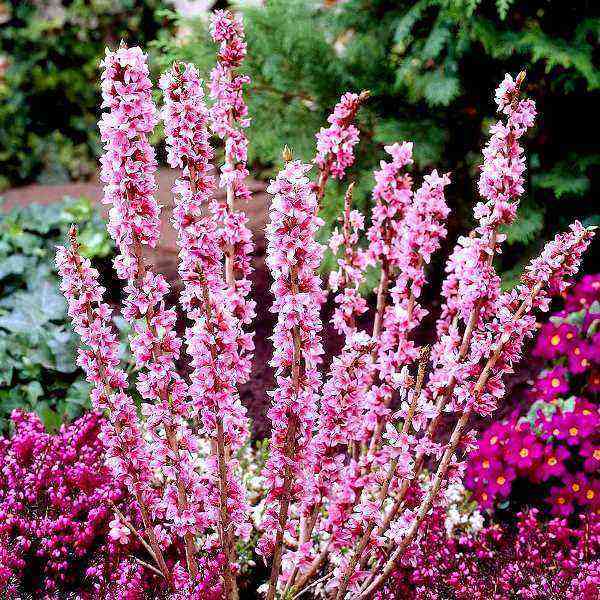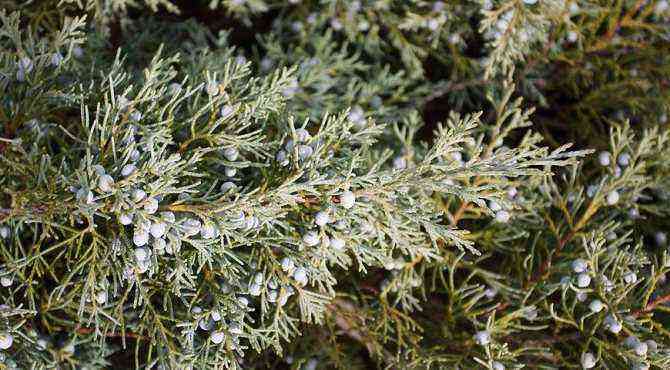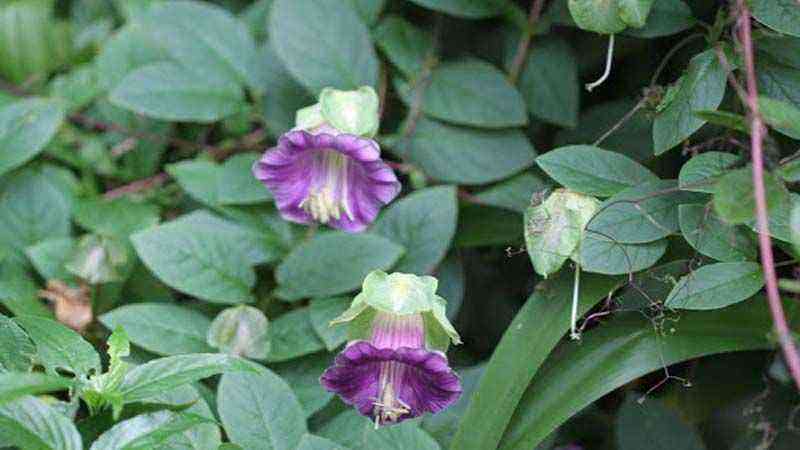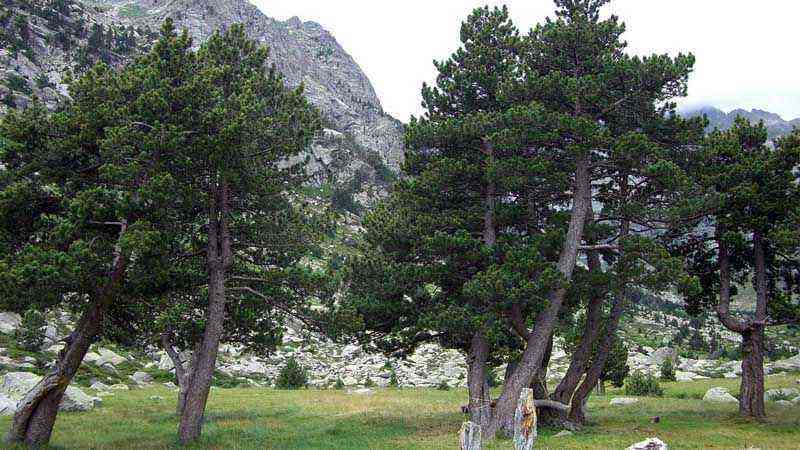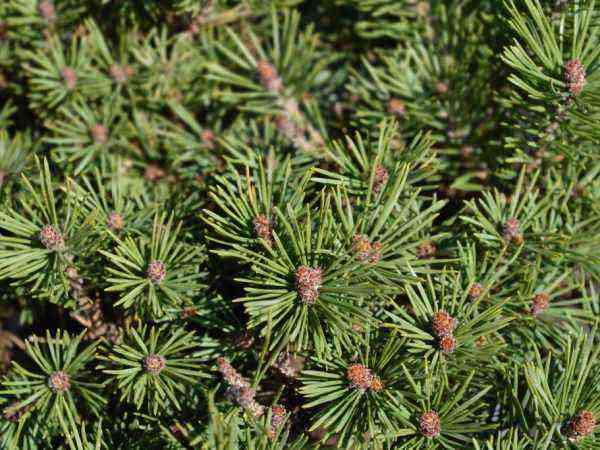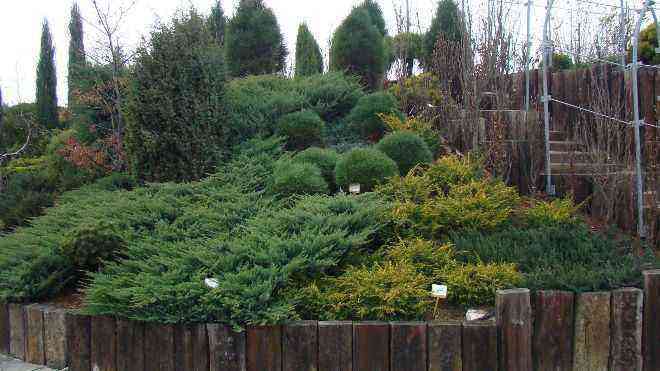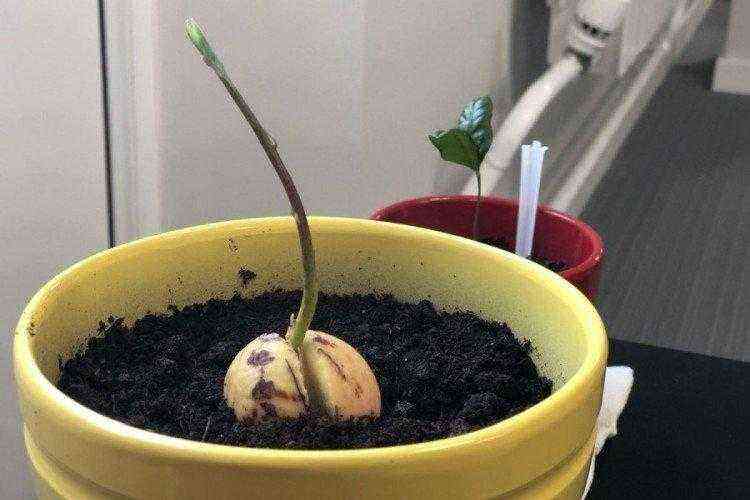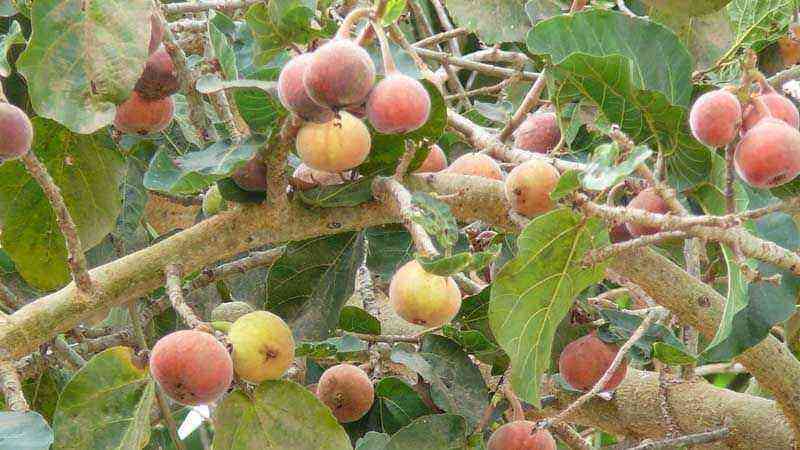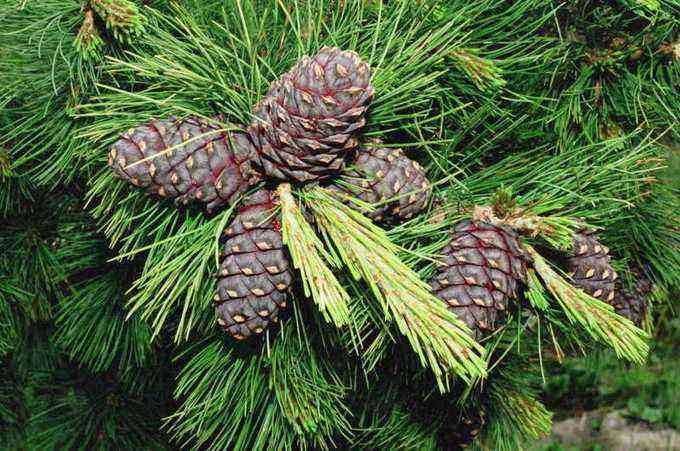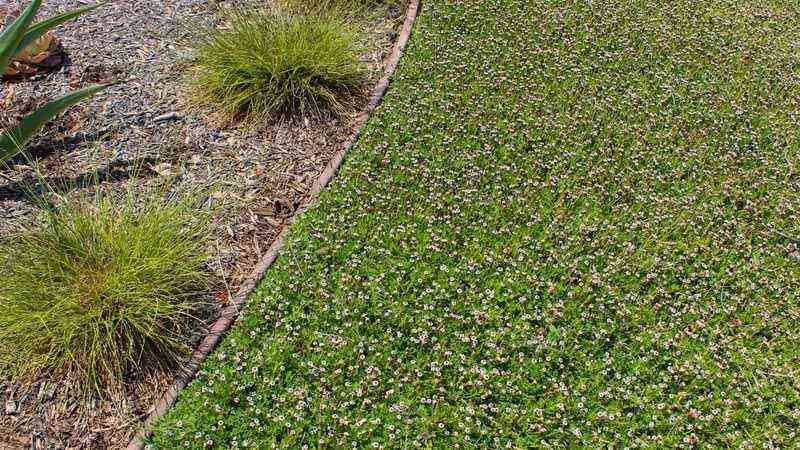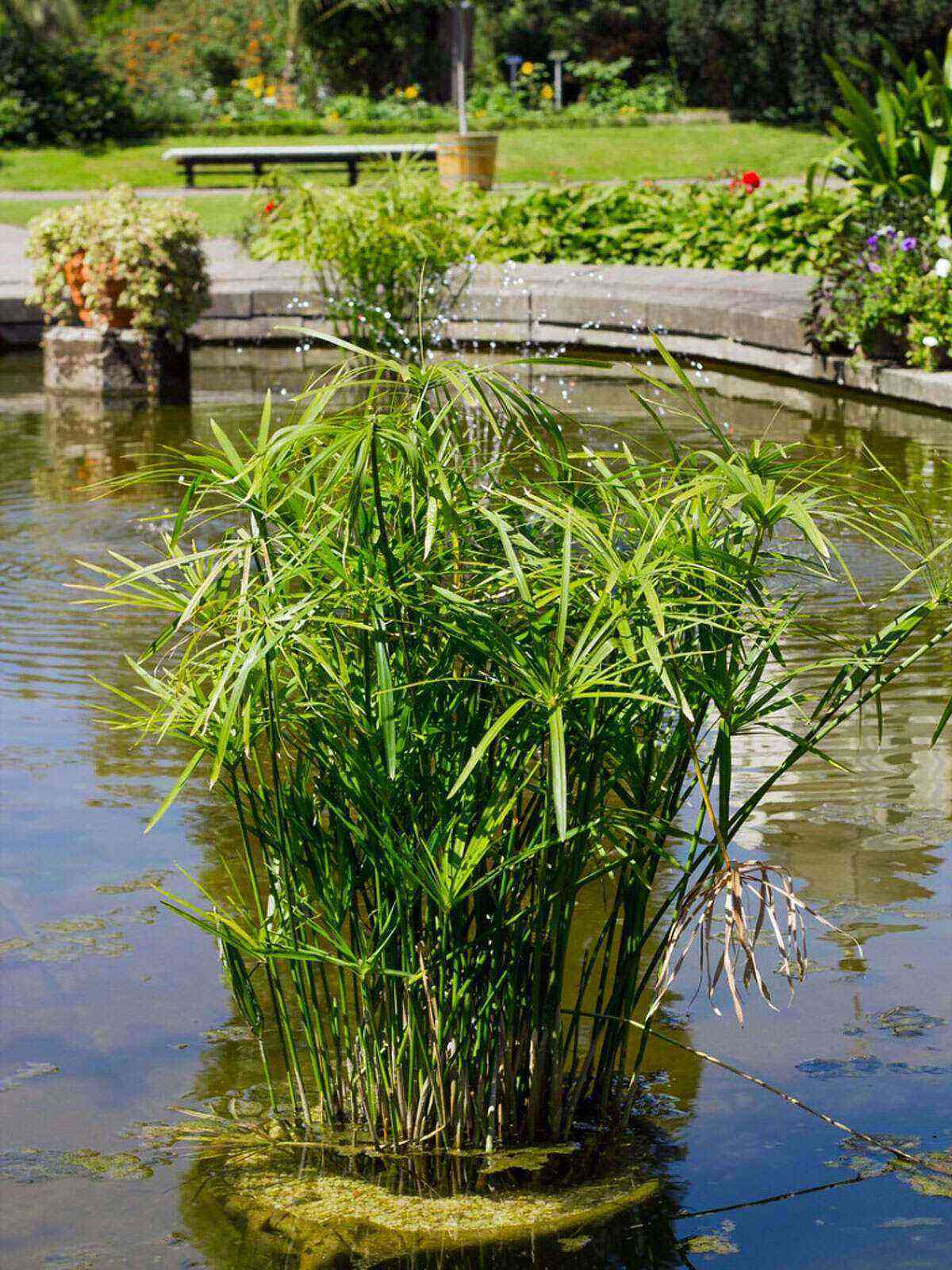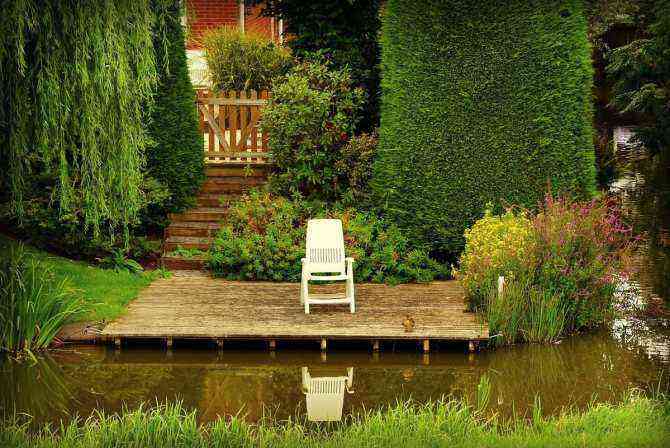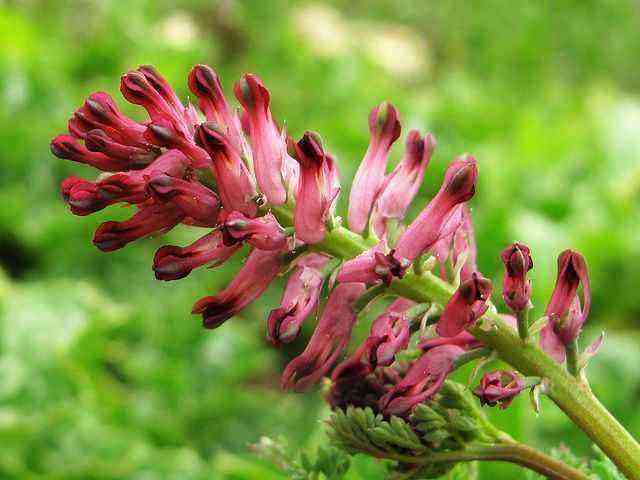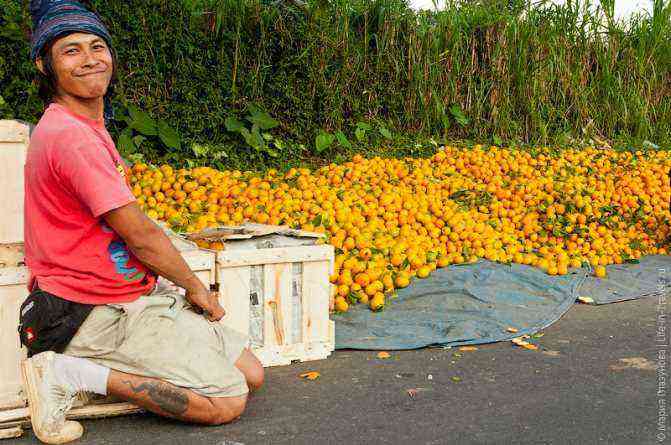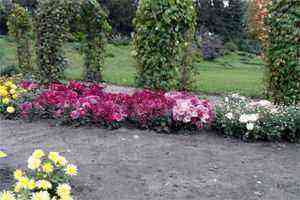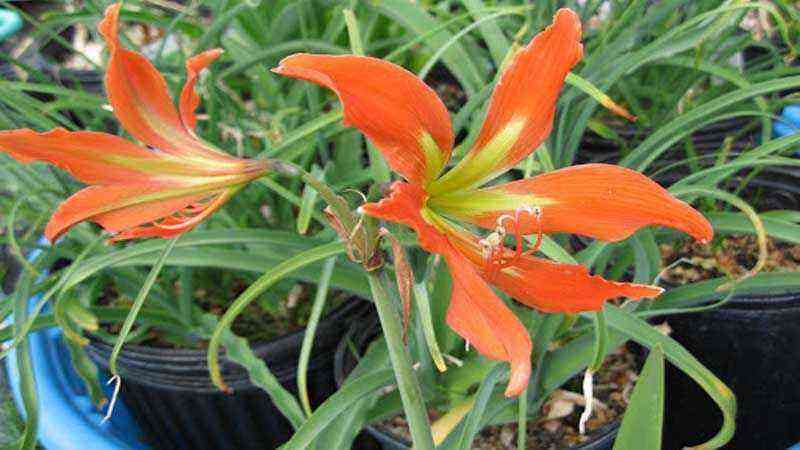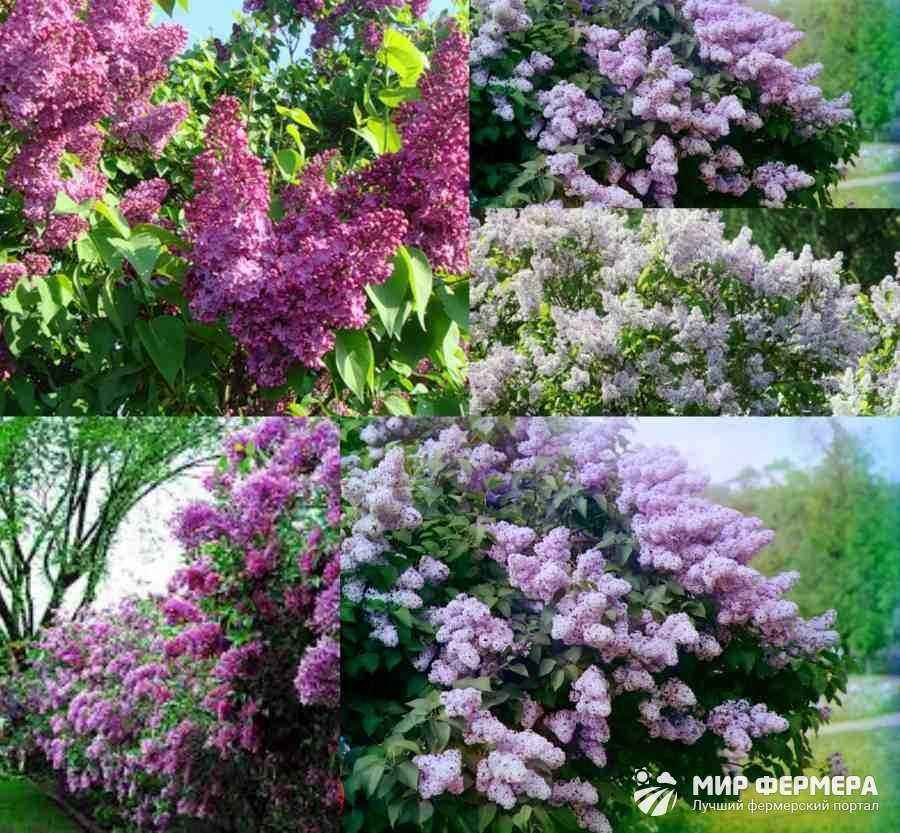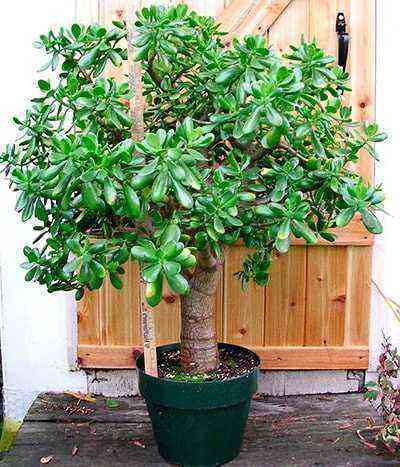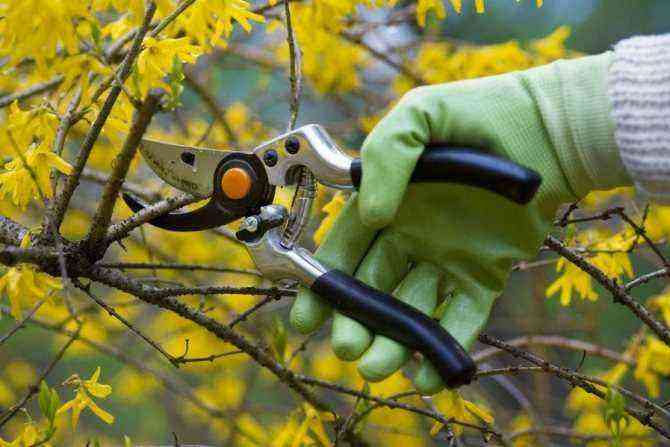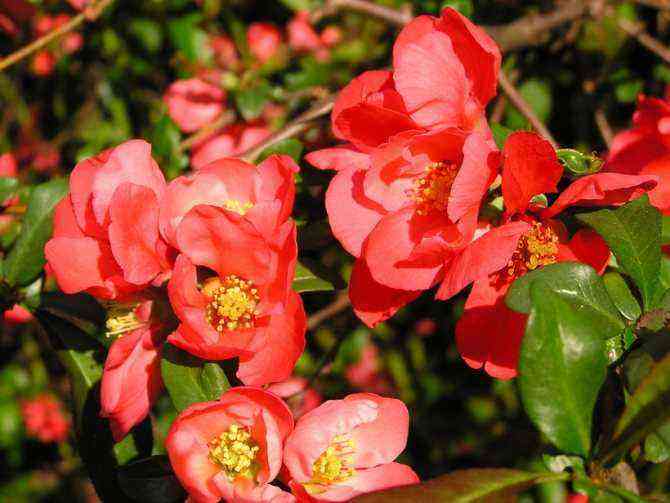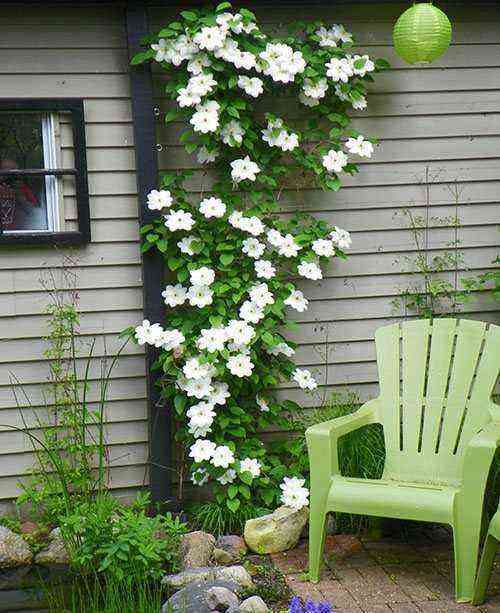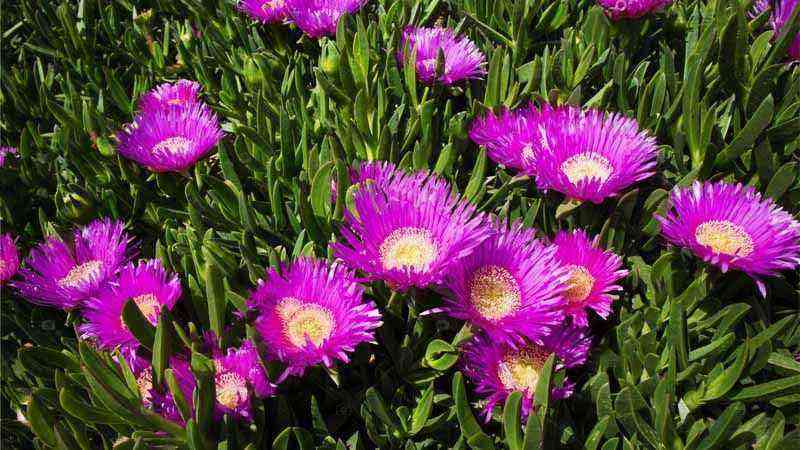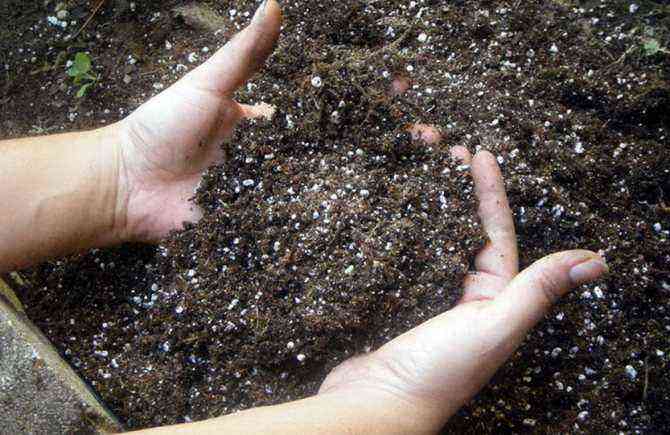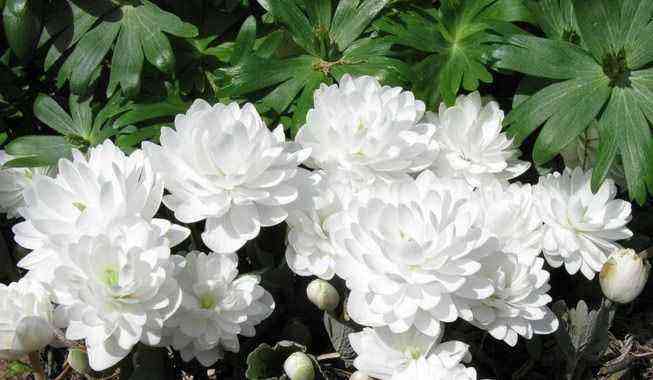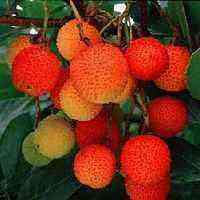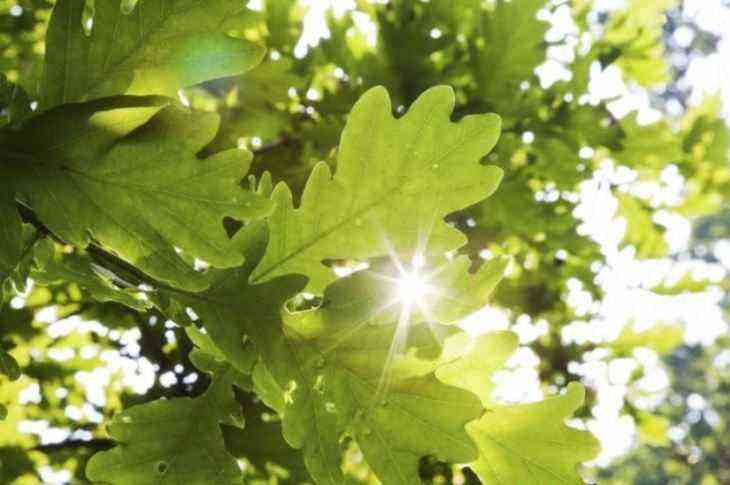We cannot follow the section of garden plants if we do not talk about the climber that reigns in more than half of the gardens and houses throughout the Spanish Mediterranean. We talk about the bougainvillea, spectacular, colorful, whose bracts make us remember the summer areas just by seeing them. Let’s see how to care for bougainvillea.
Before caring for bougainvillea, a little general information
Although it is already very adapted to many parts of the world, the truth is that the bougainvillea comes from South America. The name is dedicated to the French explorer, naturalist and militant Louis Antoine De Bougainville who brought it to Europe.
This French explorer also stood out for his description of Tahiti and was the one who carried out the first French circumnavigation.
The two most common species are Bouganvillea glabra y Bouganvillea spectabilis. From here, the varieties that you can get today are a few and varied, especially in the colors of the bracts that range from violet, fuchsia, pale pink, orange, red, yellow, etc.
You will have to find the one that best suits your tastes and environment.
The good thing about this climber is that thanks to this characteristic we can train it and direct it where it best suits us. We can have an isolated bush or entangle it by the gates of our garden, by the facade of the house … Also, thanks to its fast growth, we will cover a large area in a relatively short period of time.
The flower is worth nothing. (You will think that I am going crazy with this statement). Well no, it is not the flower that is beautiful, but the bracts! The flower is white and small, with nothing protruding. There is a plant that we have been talking about for a long time that has been similar. Do you remember? The poinsettia It’s very similar. The red bracts are what clothe, not the flowers.


Bougainvillea fuchsia flower and bracts
Source: commons.wikimedia.org
Now yes. There goes the care of the bougainvillea
Climatic characteristics
La bougainvillea it is a woody climber that we associate with summer places because it needs warm or temperate climates, with mild winters without severe and continuous frosts. Depending on the type of climate, the bougainvillea may flower for a longer or shorter time. If we are in hot climates without many seasonal contrasts we can see flowers even in winter. This is one of the reasons for its fame. Always providing color.
If you grow bougainvillea in pots, if there is a risk of frost, you better protect it indoors.
Bougainvillea light needs
This is undoubtedly one of the determining factors. Needs to lots of light. The more the merrier. We must guide them well so that they have an abundant sunbath. The lack of light causes the premature fall of the leaves, even not blooming if the deficiency is very high. Let’s not confuse light with heat. If the summer is very severe, the bracts will dry out. It needs ambient humidity. That is why it is common to see them in houses near the coast. The contribution of ambient humidity is greater.
Irrigation characteristics
Watering is not very demanding if it is planted directly in the garden soil. Although it is a plant that withstands lack of irrigation well, it all depends on the conditions. If the plant is old enough and planted in the ground, it is easy to withstand “neglected” conditions. Water in summer once or twice a week. In winter you can water but very little or nothing.
In fact, the beach houses that usually have this plant, the winters remain depopulated and the bougainvillea stops being watered. If it is in a planter, pot or similar and it is young, it should not be neglected in this regard. In this case, weekly waterings can be established in non-hot periods and the frequencies increased to 2 or 3 times a week in summer.
The best soil preparation
Bougainvillea is not very demanding in terms of soils and it is also tolerant of limestone. One consideration to keep in mind is drain.
If it gets flooded we will have problems.
It is important to know the type of soil we have when establishing a irrigation frequency. Clay soils will require less frequent watering, since they store much more moisture than sandy soils.
It should also be taken into account that in the growing in potsIf you decide to have bougainvillea like this, the moisture from the substrate is lost much faster than in normal soil conditions.
Bougainvillea fertilizer
In the flowering season (with great nutritional needs) it is important to provide a complete fertilizer (rich in phosphorus and micronutrients) that we will apply on the crop every 15 days. Keep in mind that bougainvillea is capable of producing 3 rounds of flowering, in spring, summer and fall.
Bougainvillea reproduction
Although in most situations, and with bougainvillea, it is best to acquire the plant in nurseries, where they are served in pots and come (or should come) in an optimal sanitary state.
However, there are different ways to obtain new bougainvillea from another.
Cutting is the most comfortable option. The normal thing is to cut semi-woody or green branches, although you can also make woody cutting. The best time to cut is usually very early in the fall. We must use substrates that retain moisture such as coconut fiber or rock wool with rooting hormones to have more possibilities.
Pruning training
Once our bougainvillea grown in the garden is growing and climbing on our walls or fences, we can carry out periodic pruning in order to redirect its growth or restrict its size.
La best time To perform this type of training pruning is between late winter to early spring. It is important, in the case of bougainvillea, to do it before the vegetative or growth stage begins.
- At the beginning of the season, lateral young stems that stick out of the growth line of the crop can be removed.
- Older bougainvilleas respond well to deep pruning, also known as rejuvenation pruning.
- In winter, we can cut the lateral stems to half their size, so that at the beginning of the vegetative stage they come out with force and vigor.
- Plants should respond to hard pruning, but old plants are better replaced.
If you don’t know what to prune a bougainvillea with, here are the characteristics of the best electric pruning shears:
Plagues and diseases
Bougainvillea is usually affected by the most polyphagic pests of crops. We would be talking about aphids, whiteflies and spider mites, among others.
Bougainvillea in pot. Even in bonsai!
Everything we’ve seen so far focuses on your exterior care. If you live in cold climates and would like to have your bougainvillea, you only have the interior of a house. You will not get a majestic plant but it is not necessary for a living room or covered terrace.
- The temperatures of a house they are sufficient for its good development.
- The location is the most important thing for it to flourish. South orientations and full sun if possible.
- The substrate, with good drainage. A mixture of universal substrate mulch and some river sand may be an example.
- Irrigation, the one we mentioned before. In summer 2 or 3 times a week. In winter, weekly.
There are varieties that also lend themselves to your bonsai training. The techniques for training in bonsai is another story. We leave you some examples:
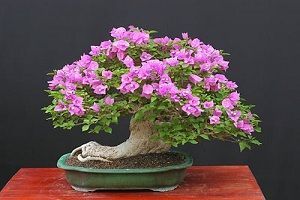

Bonsai de Buganvilla
Source: imadomanovenyeket.blogspot.com


Potted bougainvillea
Source: farmer-online.com
Bougainvillea varieties for growing in pots
Within the market, we can find a fairly wide catalog of varieties of this plant. Many of them are adapted to growing in pots.
- Miss alice It is a shrub-like variety with white flowers that responds very well to pruning.
- Baby Sophia Baby, with orange flowering and a fairly small size compared to others.
- Looking for a pink bloom, the varieties Rosenka y Singapore Pink they adapt very well to growing in pots since they do not develop vigorously.
- Other varieties that are also very well adapted to pots and planters are La Jolla, Crimson Jewel y Oo-La-La. As you will see, the names are quite peculiar.
- Without instead, you are looking for a variety of bougainvillea with pink bloom, Vera Deep Purple it may be interesting to you.
